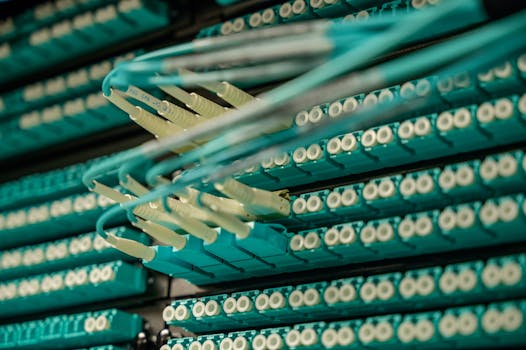
Mapping the Fiber Landscape: Key Players and Projects Across Africa
Introduction to Fiber Optic in Africa
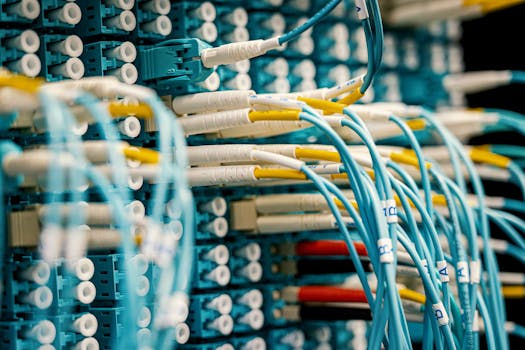
Mapping the Fiber Landscape: Key Players and Projects Across Africa. Africa has been undergoing significant transformations in its telecommunications sector, with a notable emphasis on expanding fiber optic connectivity. This growth is pivotal for enhancing internet penetration, supporting economic development, and bridging the digital divide across the continent. The focus on fiber optic infrastructure is driven by its potential to provide high-speed, reliable, and cost-effective internet connectivity.
Key Players in African Fiber Optic Market
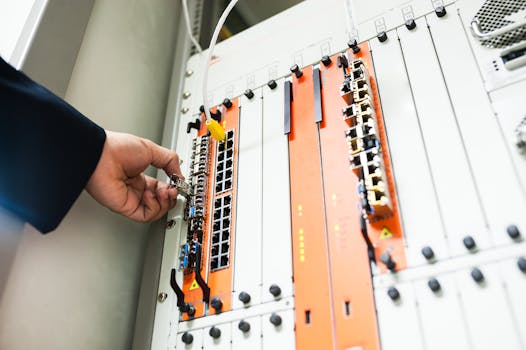
The African fiber optic market is characterized by the presence of several key players, both local and international, who are investing heavily in the deployment of fiber optic cables. Companies such as MTN Group, Vodacom, and Safaricom are at the forefront of this effort, leveraging their extensive telecommunications networks to expand fiber optic coverage. Additionally, international players like China Telecom and Orange are also making significant inroads, contributing to the continent’s growing fiber optic landscape.
Major Fiber Optic Projects in Africa
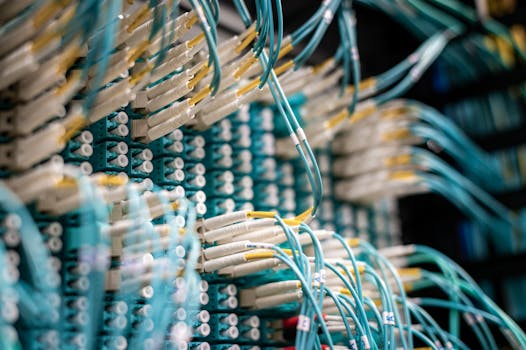
Africa is home to numerous ambitious fiber optic projects, each aimed at enhancing the continent’s digital infrastructure. The 2Africa project, for instance, is a landmark initiative that seeks to connect 16 African countries with a subsea fiber optic cable, promising to increase internet availability and reduce connectivity costs. Similarly, the Eastern Africa Submarine Cable System (EASSy) and the West Africa Cable System (WACS) are examples of regional efforts to bolster fiber optic connectivity and facilitate the exchange of data across borders.
Challenges and Opportunities in African Fiber Optic Sector

Despite the progress made, the African fiber optic sector faces several challenges, including the high cost of deployment, regulatory hurdles, and infrastructure vandalism. However, these challenges also present opportunities for innovation and collaboration. As the demand for digital services continues to grow, there is an increasing need for sustainable, efficient, and secure fiber optic solutions that can meet the needs of a rapidly evolving market.
Conclusion and Future Outlook
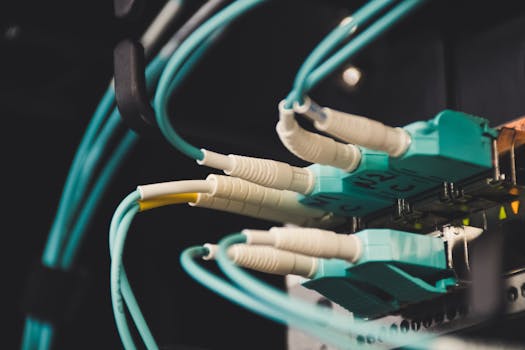
In conclusion, the fiber optic landscape in Africa is rapidly evolving, with key players and projects contributing to the expansion of digital infrastructure. As the continent moves towards a more integrated and interconnected future, the role of fiber optic connectivity will be central to realizing this vision. With ongoing investments and advancements in technology, Africa is poised to make significant strides in narrowing the digital divide and becoming a pivotal player in the global digital economy.
See more:
